42 light science fair projects
Light is the perfect topic for a science fair project. Light is everywhere. We have natural light from the sun, moon and stars. We have artificial lights in our lamps and gadgets. We use light for so many purposes, yet many students could stand to learn more about it. In other words, light is the perfect science fair topic. Place one layer of plastic wrap over hole 5, two layers of plastic wrap over hole 4, and so on until you have five layers of plastic wrap over hole 1. At different locations, pick an easily...
Below is a list of the 162 science fair project ideas on our site. To help you find a topic that can hold your interest, Science Buddies has also developed the Topic Selection Wizard.It will help you focus on an area of science that's best for you without having to read through every project one by one!

Light science fair projects
Science Fair Projects - Light Maze. Light travels in straight lines through empty space. If it hits an object some of it is reflected back and the rest is absorbed by the object. It is this reflection of light that allows us to see objects around us. The walls, tables and chairs in your room don't emit their own light, you can see them ... In this science fair project, you will learn how to measure the concentration of sugar dissolved in a liquid by using a laser pointer, a hollow prism, and some physics. You will discover how refraction, or the bending of light, is the key to measuring the sugar content of a liquid with a laser pointer. Read more Light that is absorbed by an object is usually converted into heat energy. The goal of this project is to measure how much heat is produced by the absorption of light by different colors. You'll use an incandescent light (a heat lamp), and water-filled jars wrapped with different colors of construction paper.
Light science fair projects. This science fair project idea discovers if an artificial light source will yield the same plant health and growth rates as light from the sun. 5th grade science fair projects and experiments: topics, ideas, resources, and sample projects by scientific field. BugInfo Science Fair Projects, Suggestions Attraction to Lights. Several experiments can be performed with this topic. Use blacklights or mercury vapor lamps if possible to attract insects, as scientists do. Use the light in front of a sheet between two trees for best results. Watch on Experiment 1 Find ultraviolet (UV) beads to use in the experiment. You can use an assortment of colors or a single color. 2 Get an empty prescription bottle (ask an adult for help with this). 3 While indoors, and away from UV rays, add UV beads to the prescription bottle. 4 Take the bottle outside and leave it there for 3 minutes. 5
Science Fair Ideas Amount of Light Angle of Sun Wavelength of Light Concentration of Light Solar Battery Charger Series Solar Circuit Parallel Solar Circuit Solar Motor/ Charger Solar Radio Find the Center of a Circle Concentrating Light onto a Solar Panel Some solar cells will work better when solar energy is concentrated onto its surface. Science Fair Project Idea Night-lights can be found in many homes; you might even have one in your bedroom! Using a night-light is a great way to avoid stubbing your toe on furniture during a midnight trip to the bathroom. In this fun engineering project, you will design and build your own night-light. This science fair project idea discovers if an artificial light source will yield the same plant health and growth rates as light from the sun. Science projects and experiments can be fun. However, be sure to always have a parent or teacher supervising to make sure things are safe! Purpose: To discover how light travels and learn about the physics of light. Light behaves like a wave and a particle. For more on light see Light Science for Kids . Materials. 3 index cards.
Science Fair Projects - White Light.html. Saved science fair projects: This is a saved copy of the relevant third party website. We save only the first page of every project because we've found that the third party sites are often temporarily down. Create a battery-powered light bulb from household items. When you are conducting experiments and demonstrations using electricity, you'll use the science of circuits. Amazing things are possible with circuits including alarms, radios, and lights. In the Build a Light Bulb experiment, you'll use household items to construct a complete ... This science fair project idea sheds some "light" on which color of candles burn the longest. High school . Science project. How Light and Color Affect Sight. Activity. How Light and Color Affect Sight. Create a homemade pair of sunglasses with colored lenses to see just how light and color affect our sight! ... Light intensity is a measure of the average power associated with waves, and is generally measured as the power per unit area. The more the light waves spread out, the less intense the light. ... Education.com provides the Science Fair Project Ideas for informational purposes only. Education.com does not make any guarantee or representation ...
Diffraction of Light Science Fair Project Home Physics Projects Diffraction of Light Diffraction of Light AIM The purpose of this project is to show light bends when it passes around an edge and is called diffraction. Demonstrate diffraction using a candle or a small bright flashlight and a slit made with two pencils.
Fifth Grade Science Fair Projects With Measurable Data. Grade 6. Physics. Cool Sixth-Grade Science Project Ideas. Physics. Easy Science Fair Project Ideas for a 6th Grader. Geology. How to Make a Model of Earth's Layers for 6th Grade. Geology. How to Make an Erupting Volcano Science Project for the 6th Grade. Grade 7.
Science Fair Project Idea/ Objective: To demonstrate how a solar cell responds differently to different wavelengths of light. You will develop this idea by covering the solar cell with color light filters and observing any changes in solar cell amperage output.

Monochrome, Night Time, Illuminated Christmas Decorations & Street Landscape, London, County Of London, England.
There are numerous exciting science projects that you can try where you'll make things glow in the dark using a black light or ultraviolet lamp. Here are some fun glowing projects to try. Most of these projects glow due to fluorescence, though some projects involve phosphorescent materials that glow on their own, but much more brightly when exposed to a black light.
Light Refraction Science Experiment Instructions. Step 1 - Get a sheet of paper and draw two arrows on it. One arrow near the top and one arrow near the bottom. Make the arrows point in the same direction. Step 2 - Fill a glass with water. Step 3 - Slowly lower the piece of paper behind the glass of water. Step 4 - Look through the ...
Light Fright Science Fair Project. Cut off about one-third of the lid of the shoe box. Thoroughly wet several pieces of paper towel and lay them on the bottom of the box. Place the worms on the paper towels toward one end of the box. Try to space them evenly so they don't overlap one another.
A collection of Science Experiments from Steve Spangler Science |
From science fair projects to home school activities, our products can create light and color experiments to fascinate, motivate and illuminate your class. Whether it's Prism Glasses or Color Filter Paddles you need, you'll find it at Educational Innovations. If you need more light and color experiment ideas, check out some of our related blog ...
Attach one colored filter over each flashlight, so that you have one red, one green, and one blue light. In a darkened room, project each light onto the wall separately and observe the color. Now choose two of the lights, for example red and green, and project them onto the wall so that their spots of light overlap.
Disclaimer and Safety Precautions Education.com provides the Science Fair Project Ideas for informational purposes only. Education.com does not make any guarantee or representation regarding the Science Fair Project Ideas and is not responsible or liable for any loss or damage, directly or indirectly, caused by your use of such information.
Light that is absorbed by an object is usually converted into heat energy. The goal of this project is to measure how much heat is produced by the absorption of light by different colors. You'll use an incandescent light (a heat lamp), and water-filled jars wrapped with different colors of construction paper.
In this science fair project, you will learn how to measure the concentration of sugar dissolved in a liquid by using a laser pointer, a hollow prism, and some physics. You will discover how refraction, or the bending of light, is the key to measuring the sugar content of a liquid with a laser pointer. Read more
Science Fair Projects - Light Maze. Light travels in straight lines through empty space. If it hits an object some of it is reflected back and the rest is absorbed by the object. It is this reflection of light that allows us to see objects around us. The walls, tables and chairs in your room don't emit their own light, you can see them ...



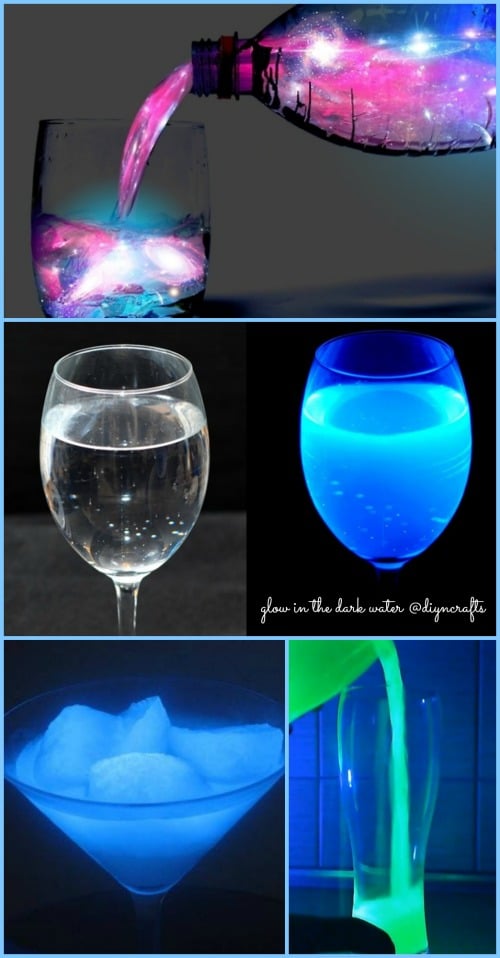
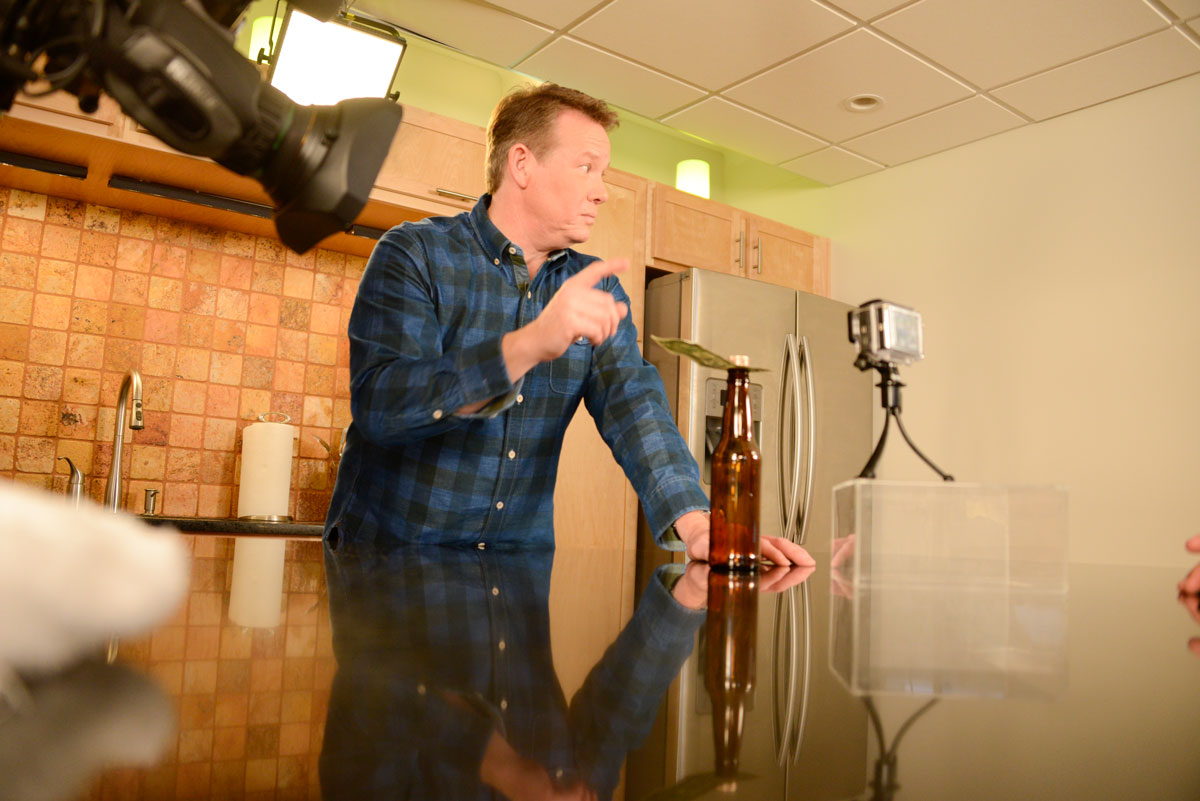


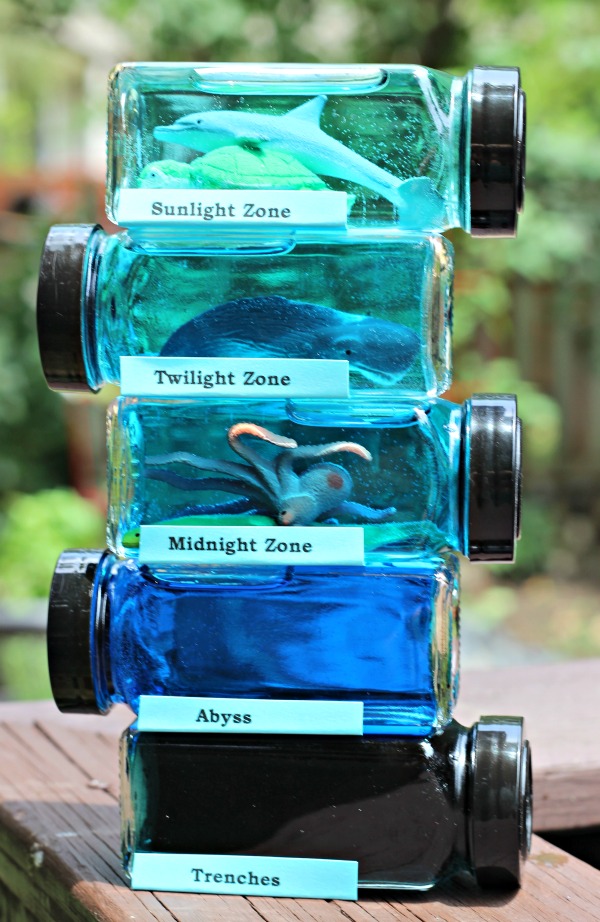
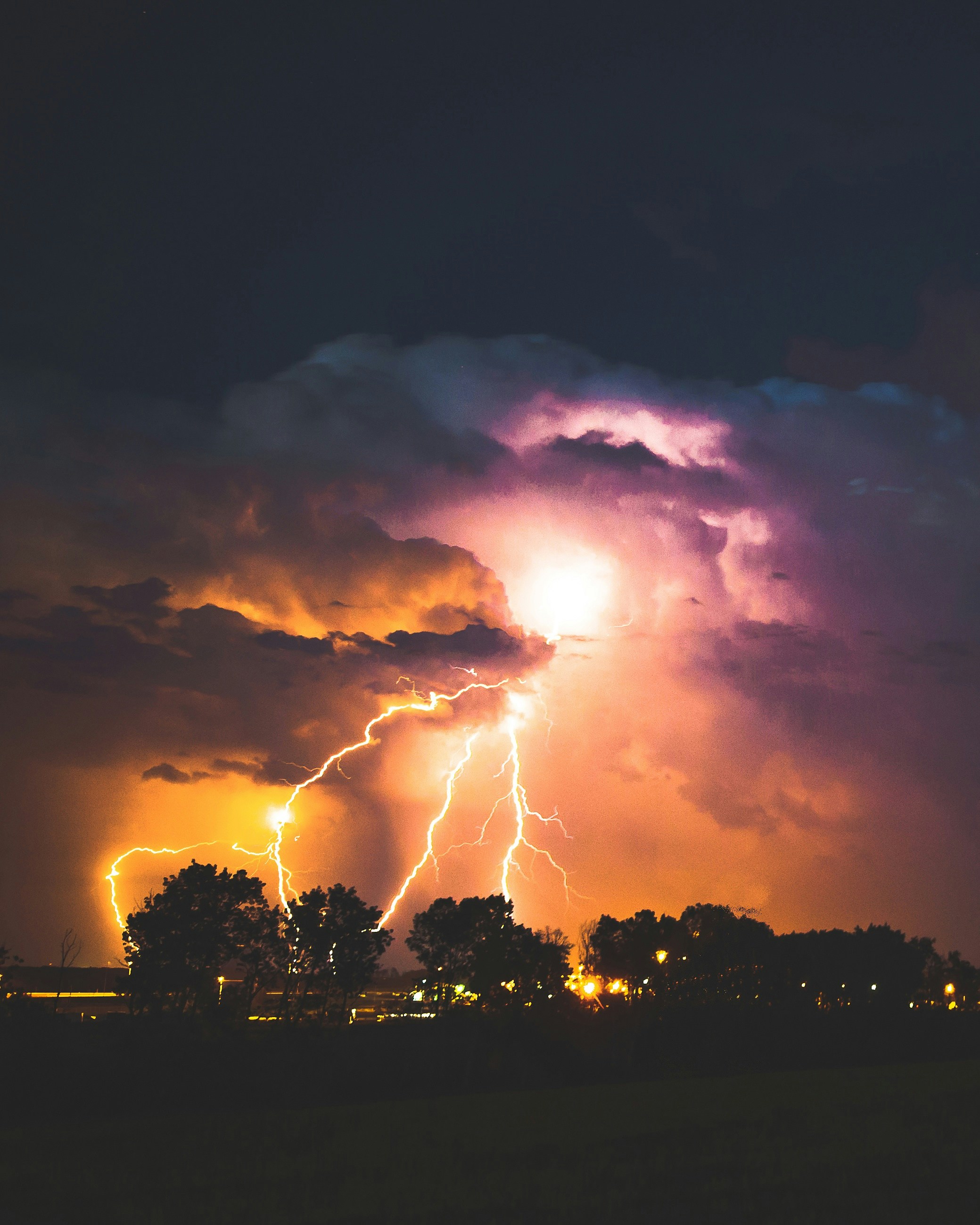


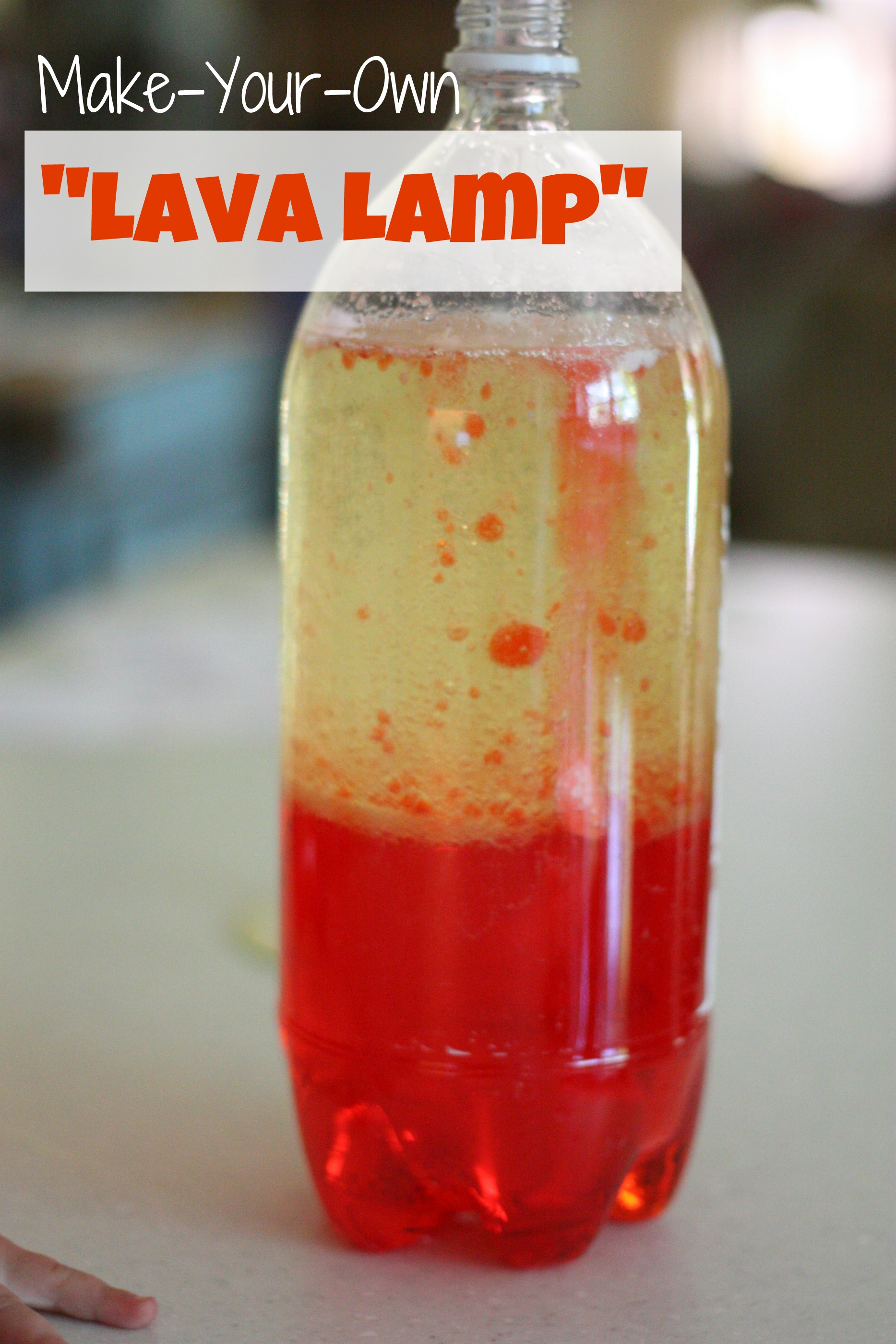



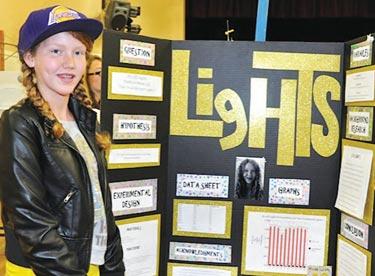
















0 Response to "42 light science fair projects"
Post a Comment